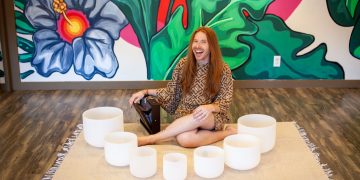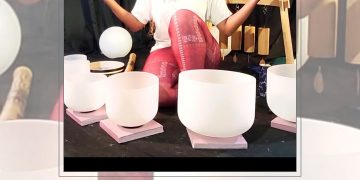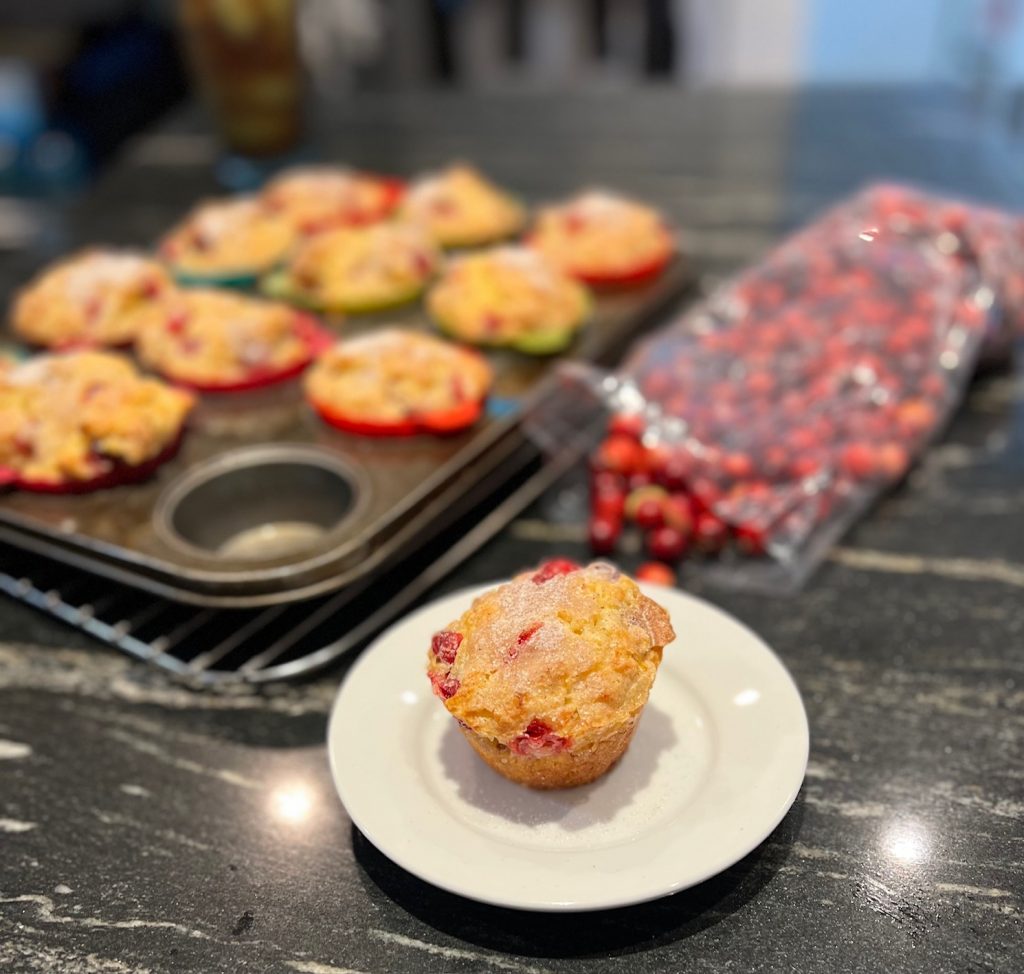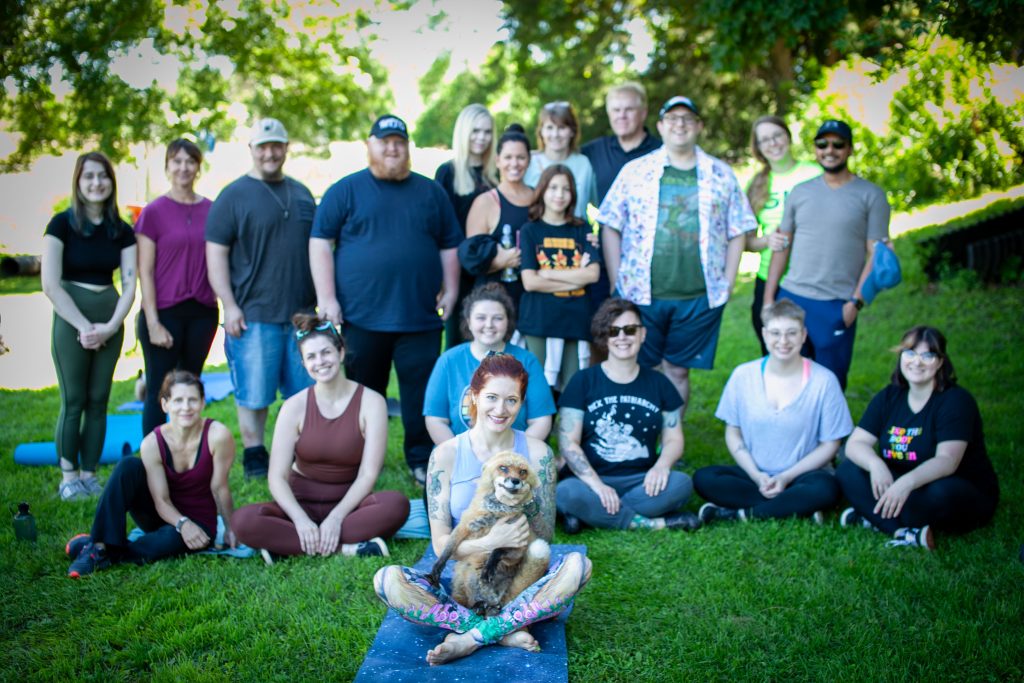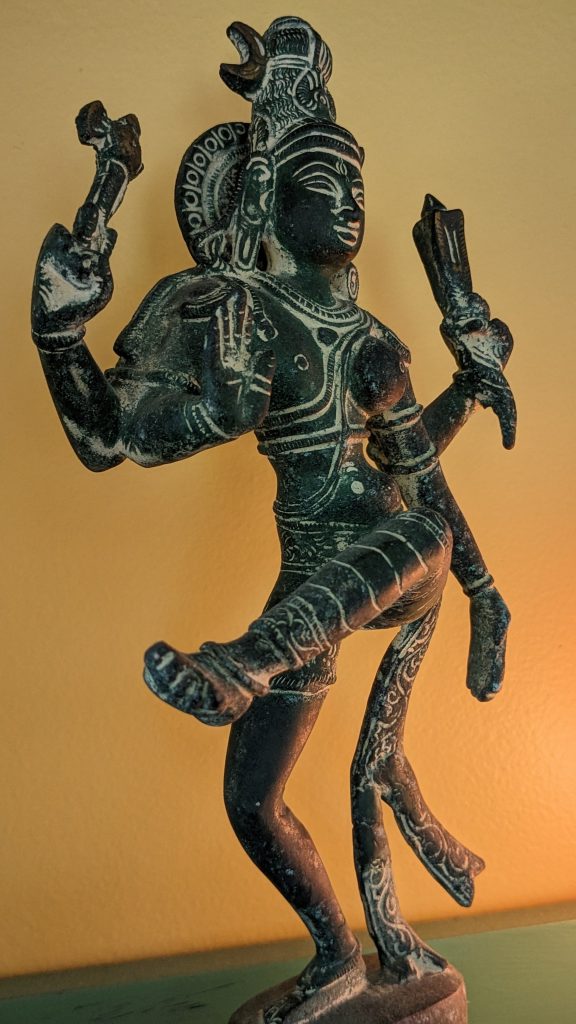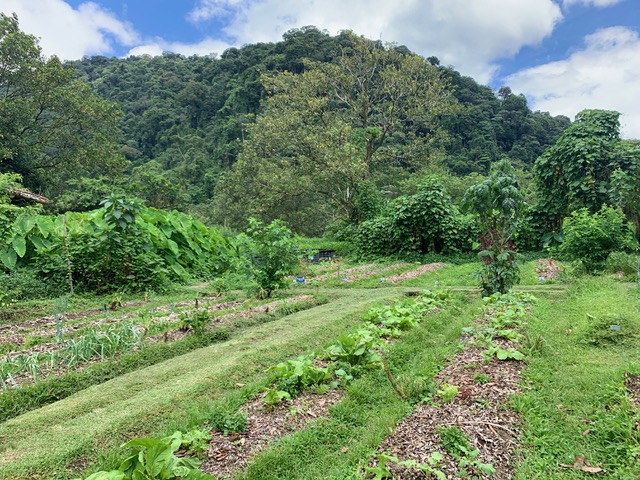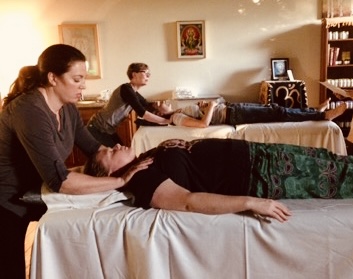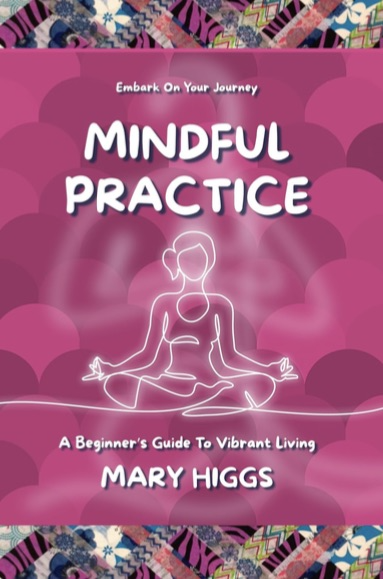If you’ve ever participated in Yoga Nidra, you’ve probably been prompted to create a Sankalpa. It’s a bit of a tall order, especially since in most Yoga Nidra scripts, you’re given about 10 seconds to tune in to your heartfelt desire. But taking time on your own to create a Sankalpa to use in and out of mindful practices can truly generate change.
What is a Sankalpa?
Sankalpa is the Sanskrit word for intention. San means “to become one with” and kalpa means “time” and “subconscious mind.” Setting a Sankalpa is similar to setting a goal or a New Year’s resolution, but it differs a little.
When you set a Sankalpa, you assume you already have the thing you’re striving to achieve. Yes, it sounds contradictory, but this is the essence of non-dualistic teachings: you are already whole, yet at the same time, you are constantly growing and becoming. It’s a similar working principle to the Law of Attraction.
And that’s why, when you state your Sankalpa, you state it in the present tense, not in the future. For example, you might create a resolution that says: “I will lose 10 pounds.” But a Sankalpa sounds more like “My body feels fit, strong, and healthy.”
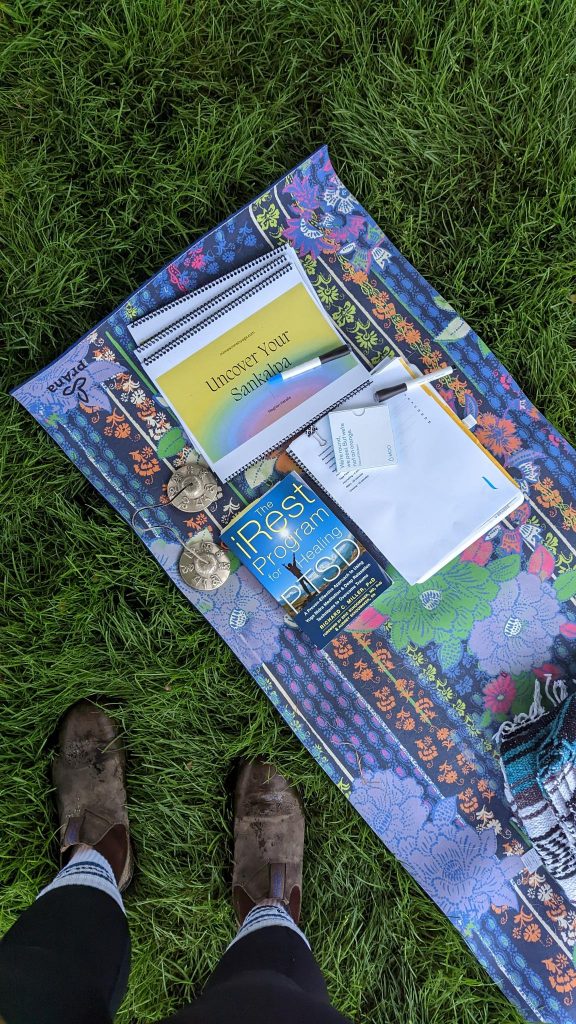
Mindset is Everything
Your thoughts are integral to how you experience reality. Studies show that how you perceive your circumstances affects you more than your actual circumstances. For example, let’s say you are laid off from your job. You might interpret these events as proof you’re an imposter who’s bad at your job. Or you might simply interpret them as budget cuts happen, and you’ll find a better fit. Which one more accurately depicts the circumstances?
Confirmation bias is a compounding issue affecting mindset, too. This is when we look for proof to uphold what we think is true. If you focus on looking for barriers, then you will only see barriers. If you are laid off and only see all the failures in your past job and none of the opportunities or successes, you’re falling into confirmation bias.
But if you focus on the idea that you already have everything you need to reach your goals, then you’ll start accomplishing them. In every moment, we get to choose what we want to focus on. That’s the real value of the Sankalpa.
Finding the Sankalpa Sweet Spot
Sometimes our innermost heartfelt desire is very clear to us. Sometimes it can feel a little muddled. That’s where creating a desirability matrix can help.
Referring to the picture, create a graph with two rows labeled:
- What I have
- What I don’t have
And add two columns labeled:
- What I want
- What I don’t want
Fill in the boxes meeting the criteria (i.e. What I want/have, what I don’t want/don’t have, etc). As you fill this out, note the thoughts circulating in your mind as you think about the future and creating lifestyle shifts.
When you’re ready, zero in on the box listing the things you want but don’t have. This is the Sankalpa sweet spot, where you can start fine-tuning your personal Sankalpa.
Taking It with You
In my in-person workshops, we take time to journal and meditate, ultimately drafting two or more statements. From there, we can start to look more closely at the relationships between the different statements. There are always common themes to pull from and crafting the final ‘I am’ statement flows easily as we talk through thoughts and mentally consolidate.
But the most important piece of the workshop is integrating this ‘I am’ statement into your life. Sankalpas are commonly used in Yoga Nidra or take on the form of a mantra or dharma in any yoga or meditation practice. But what about the less perfect moments of life? The moments when you really need to be reminded of the power of your inner resource?
I’m a fan of writing my current Sankalpa iteration on Post-Its and putting it on my work monitor and bathroom medicine cabinet, or creating a graphic and using it as the background on my phone. I set reminders on my calendar with just my Sankalpa as the subject.
By bringing your Sankalpa with you in different forms, it helps keep your mindset on track. It’s a way to set the tone of your day and your interactions, and a gentle reminder to feel confident in yourself.
“You are what your deep, driving desire is.
As your desire is, so is your will.
As your will is, so is your deed.
As your deed is, so is your destiny.”
-Brihadaranyaka Upanishad
Meghan Hatalla is a body-positive Minnesota yoga instructor and life design writer.



